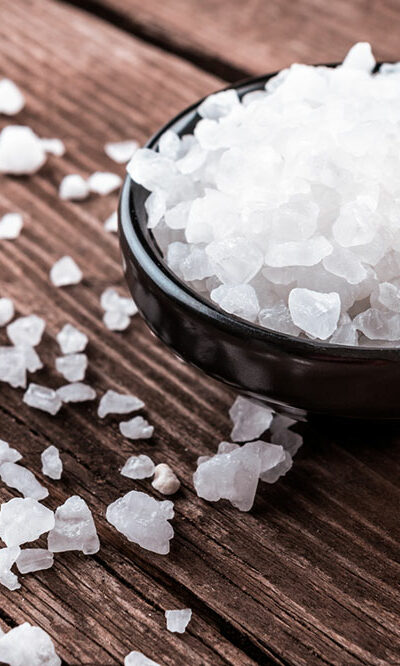Dealing with symptoms, causes, and risks of cold, cough, and flu

Typically, viruses cause the common cold. This includes head cold, chest cold, and even seasonal flu. Most people tend to simply use over-the-counter medicines to relieve the symptoms, which include a runny nose, cough, as well as congestion. In the following article, we will cover the symptoms, causes, and risks associated with cold, flu, cough, and virus.
Symptoms
Waking up coughing or sneezing are just some of the common symptoms associated with cold, flu, cough, and virus.
Also, it is crucial to figure out the difference between cold and flu. While a cold is mild, the flu can be a little more intense. Here are some of the common symptoms associated with these conditions:
Cold
- Cough
- Stuffy or runny nose
- Low-grade fever
- Having frequent body aches
- Mild headache
Flu
- Runny nose
- Body aches or muscle pain
- Tiredness
- Sore throat
Cough
- Stuffy nose
- A frequent sensation of throat clearance
- Shortness of breath
- Wheezing
- Heartburn
Viral infection, on the other hand, can create a host of symptoms depending on what you contract, but the main symptoms would typically be from the lists above.
Causes
While the causes may seem similar, they differ for all three: cold, flu and cough. Here are the common causes for all of these conditions:
Cold
- Rhinovirus
- Contraction through towels
- Contraction by touching utensils
- Touching the nose and mouth
Flu
The main cause of the flu is the influenza virus. It can not only infect the throat and nose but also the lungs. These viruses typically spread when people who have flu, sneeze, talk, or even cough. They can send out the droplets containing the virus in the air ,which are eventually inhaled by others.
Cough
- Chronic obstructive pulmonary disease
- Blood pressure medicines
- Lung cancer
- Cystic fibrosis
- Idiopathic pulmonary fibrosis
- Laryngopharyngeal reflux
- Postnasal drip
- GERD (Gastro-Intestinal Reflux Disease)
- Sarcoidosis
A viral infection, on the other hand, occurs when the body contracts a virus. Hence, the exact cause cannot be specified.
Risks
The risk factors associated with all three conditions include the following:
Cold:
A lot of factors are at play in causing cold. These include a weak immunity, exposure to irritants, seasons, as well as age.
Flu
Flu, on the other hand, may be caused due to an underlying heart disease, obesity, kidney disease, liver disorders, severe anemia, liver disorders, and much more. Even children and adults who receive aspirin therapy may be prone to getting the flu.
Cough
Certain risk factors put you at a higher risk when it comes to cough. These include exposure to industrial fumes, uncontrolled asthma, and being prone to allergies, among others. Additionally, air pollution can increase your chances of getting a cough.
A viral infection can carry a host of risk factors. Most of the time, it depends on your environmental factors, and you catch it accordingly.
We hope that all of the aforementioned aspects help you understand the symptoms, causes, and risks associated with cold, flu, cough, and virus in a much better manner. Now that you are armed with the necessary information, you can definitely try out common home remedies and measures for the same.







